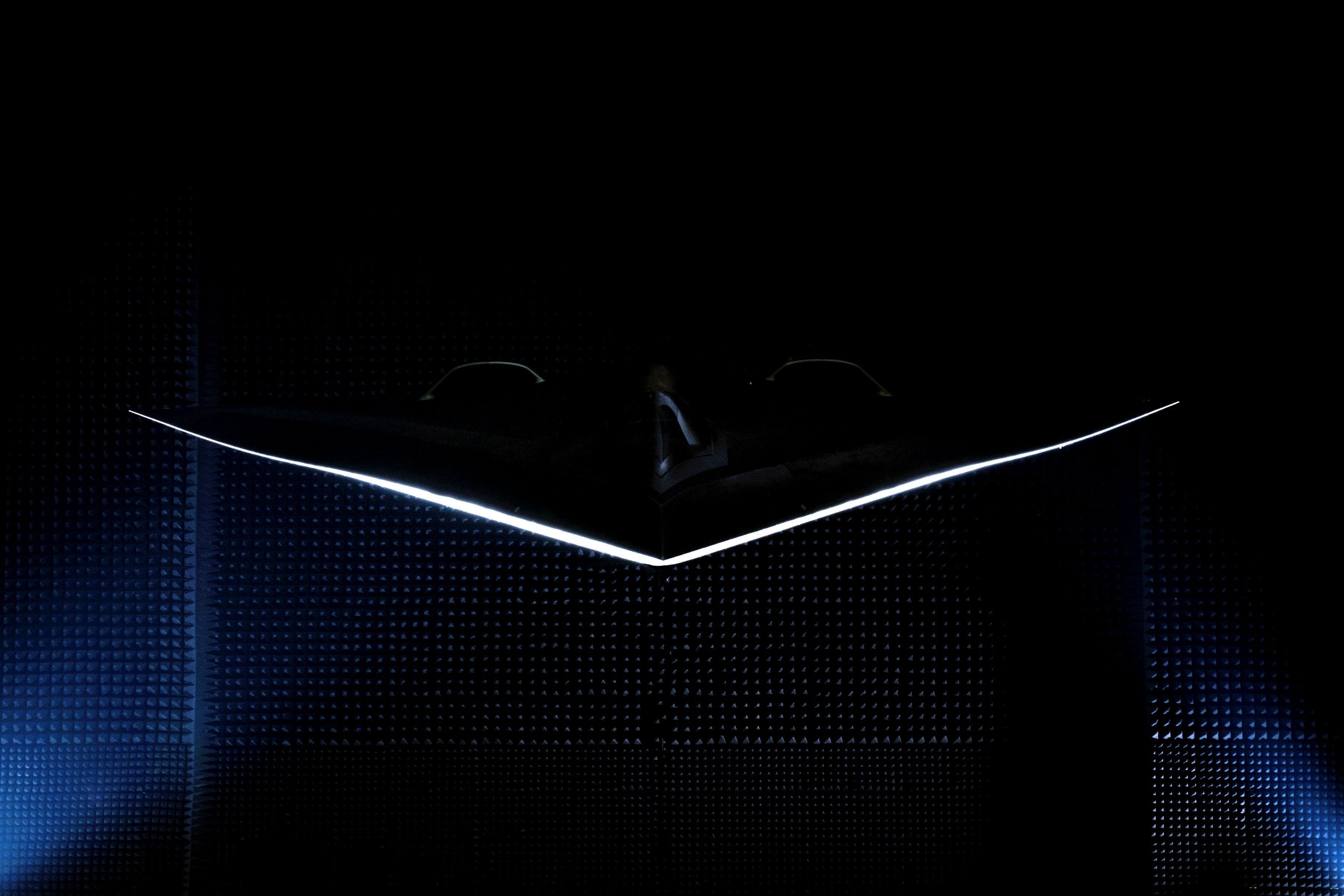
Airbus Introduces Invisible UAV LOUT for the First Time 08 November, 2019
Airbus unveiled its Low Radar View UAV (LOUT) test vehicle for the first time to members of the press during the company's annual Commercial Media Briefing in Manching, Germany, on November 5. During the annual press tour, which Defense Turkey magazine was invited to, Airbus introduced the LOUT model in an anechoic room at the facilities of Airbus Defense and Space company. The Low Radar View UAV (LOUT) test vehicle, a twin-engine, diamond-shaped, subsonic, armed unmanned aerial vehicle, was developed by Airbus to test and verify very low-observable (VLO) technologies. Weighing four tons, the LOUT test vehicle has a wingspan of about 12m and a similar length. The development process of LOUT, whose first concept studies were initiated in 2007 with Airbus's own resources, continued in a structure similar to "Skunk Works", where the US carried out secret projects. As a result of the agreement made by the company with the German Ministry of Defense in 2010, work on LOUT was started as a very low observable ground test vehicle. In the studies initiated for the development of broadband invisibility technologies, tests and improvements were carried out for potential material types and configurations that can be used in very low observable (VLO) platforms. Evaluating multiple different configurations during the development process, Airbus first started its design activities with 2D planform evaluations, then moved on to the 3D design process and finally 3D scale models were constructed. Work began on the three most successful configurations in 2014, and after tests in the wind tunnel with scale models, Airbus decided to continue development on the diamond-shaped model in 2015.
The LOUT program aims to take a holistic approach to low observability, covering all aspects from simulation and development to production and measurement. The LOUT test vehicle is designed to provide low observability against visual, acoustic, radar (VHF to Ka-Band) and infrared systems and ground-based threats, including electronic warfare and electromagnetic emission control. In the middle of the fuselage of the aircraft, there is an internal weapon slot, which is designed to be hidden in all aspects, to be located between the engines. There are two Diverterless air inlets with low radar cross section (RCS) in the upper part of the fuselage; In addition, the vehicle's exhaust nozzle, which also has the vector control (Thrust vectoring-TV) feature, is designed flat to hide the aircraft against ground-based sensors. LOUT also has a cockpit to test the properties of various transparency technologies, designed not to affect the aircraft's low observability. The canopy is inherently placed to represent the installation of electro-optical sensors and is not intended for manned use of aircraft. To further contribute to the low observability, the gaps between the surfaces on the aircraft have been minimized and special techniques have been used to reduce the ripples on the pavement surface.
The LOUT model, which does not have any conventional flight control surface on it, shows striking similarities with the two-engine Airbus SAGITTA UAV, which made its maiden flight on July 5, 2017. Airbus started its work on SAGITTA in 2010 to demonstrate advanced technologies to be used in unmanned aerial vehicles. The project started as a feasibility study for the hover-wing configuration and was developed jointly by the technical universities of Munich and Chemnitz, the German Federal Armed Forces University (Universität der Bundeswehr), the Ingolstadt University of Applied Sciences and the German Aerospace Center (DLR). The 3m wingspan SAGITTA test vehicle was built in 1:4 scale according to Airbus' description, which corresponds to the 12m wingspan LOUT.
The LOUT program, on the other hand, aims to provide a test platform for developing and understanding low-observable technologies rather than revealing a test vehicle that can fly. The program focuses on testing radar and infrared visibility reduction, radar absorbing materials and low visibility structure, as well as analyzing the acoustic properties of designs such as LOUT. Airbus announced the completion of the first phase of the work and testing process on LOUT under the contract. Accordingly, it is stated that the technological gains from the LOUT program can be used during the Eurofighter Typhoon Long-Term Evolution (LTE) activities and in the Future Combat Air System (FCAS/SCAF) project jointly developed by France, Germany and Spain.

Defence Turkey Magazine
 www.defenceturkey.com
www.defenceturkey.com




